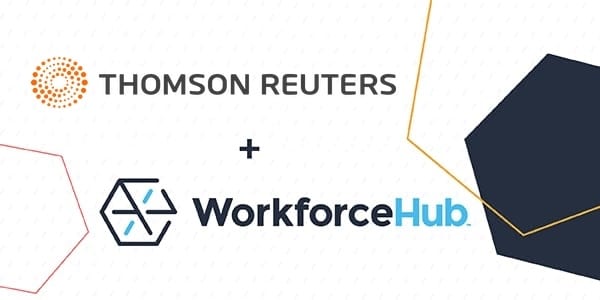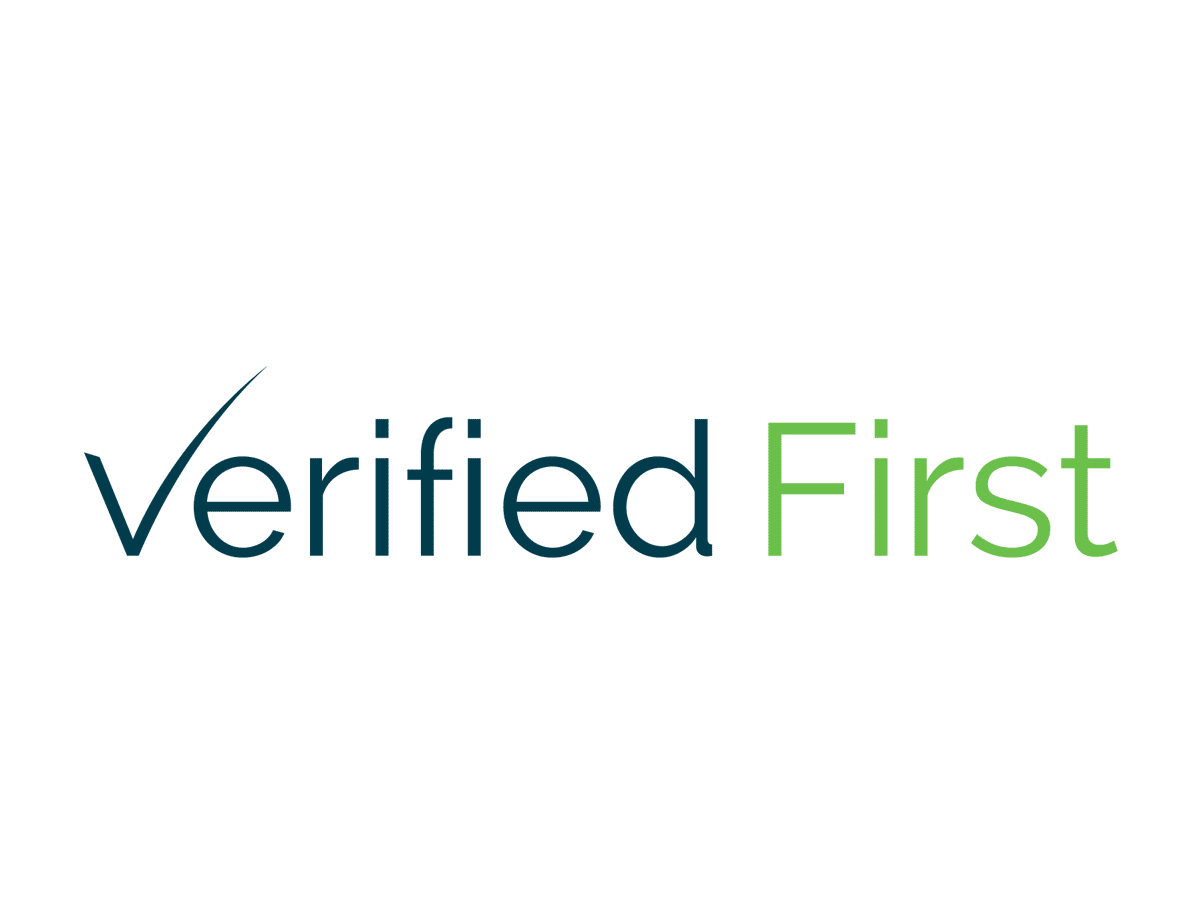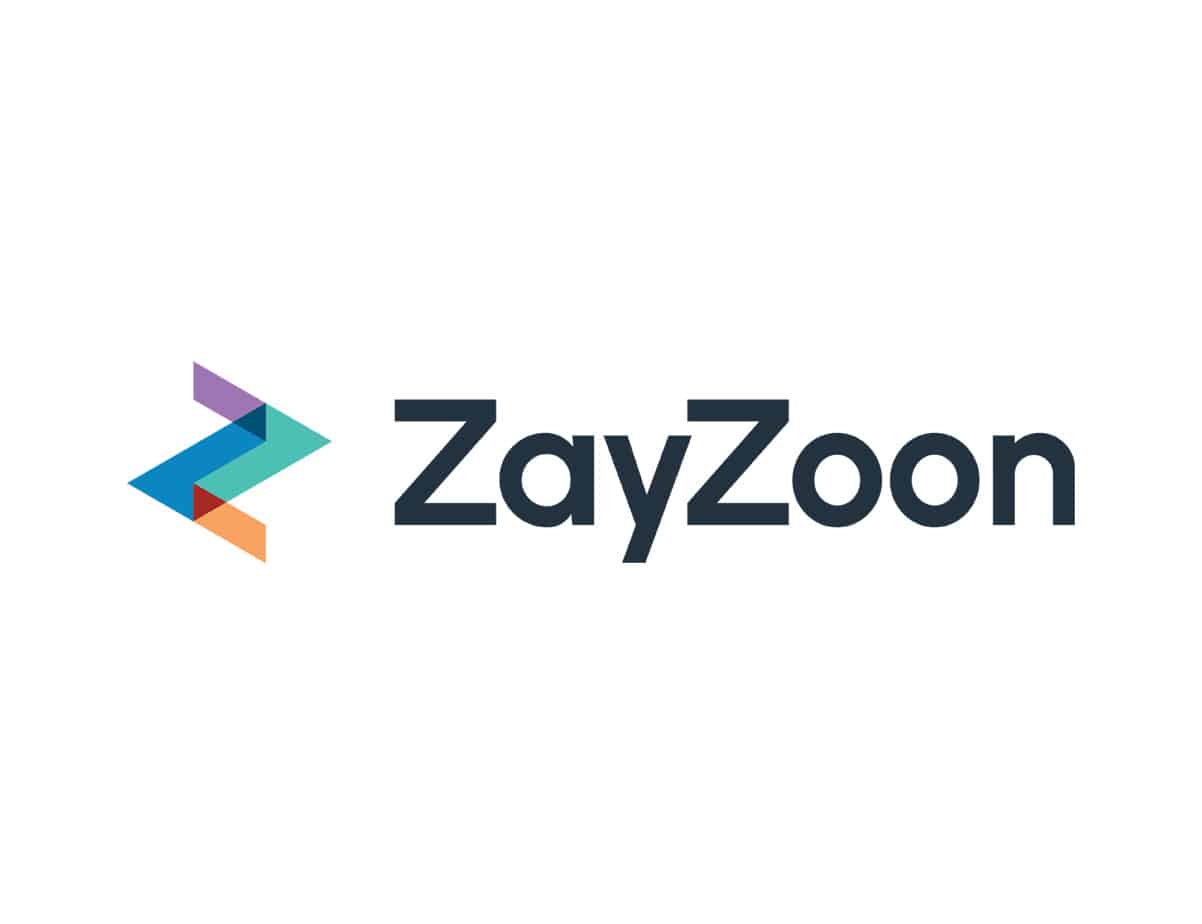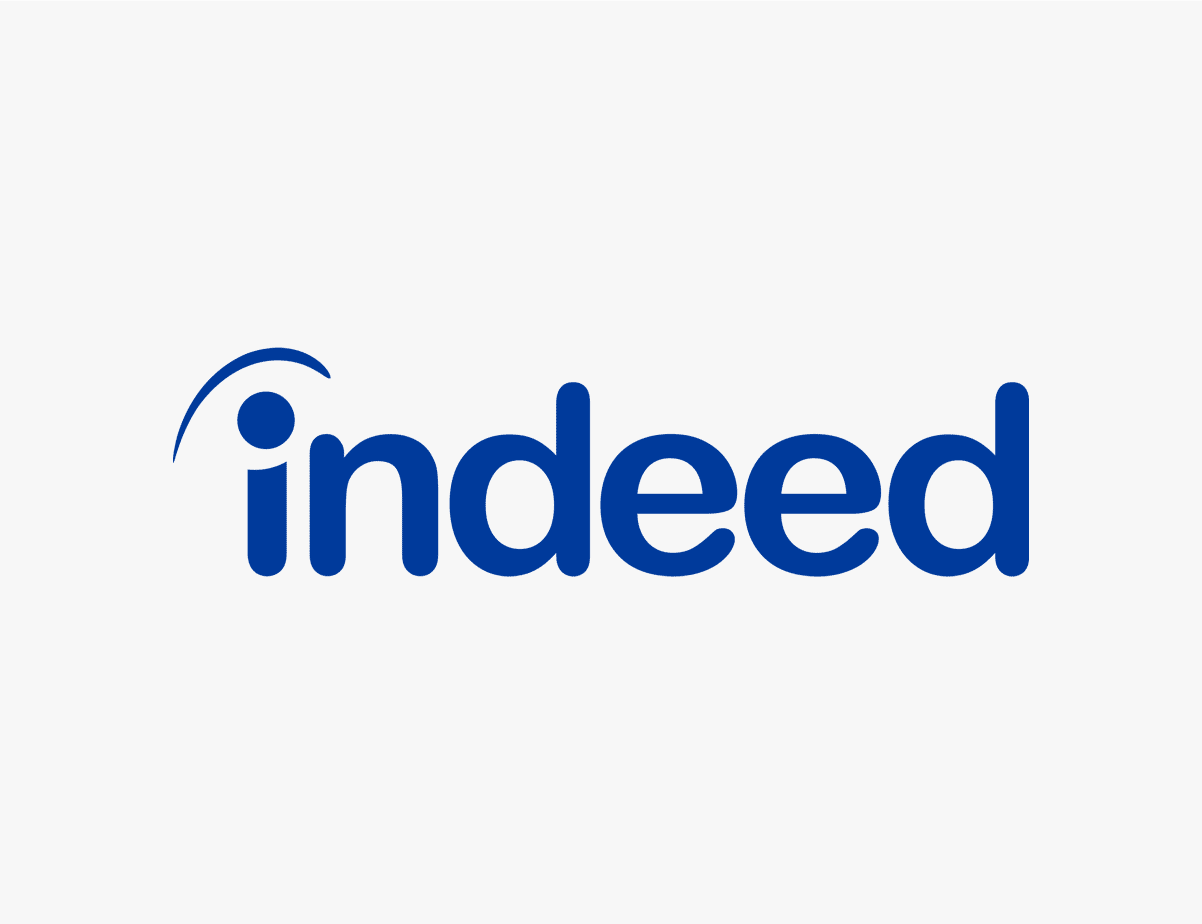5 Minute Read
Download the Case Study, Infographic or Watch the Video on the value of leading your sales pitch with time and attendance.
Successful Selling Tips from Mary Grothe, SalesBQ
Mary Grothe sold payroll and HR services to midmarket companies for most of her career. She found quick success by listening to clients and always solving their needs, putting their agenda before hers.
With multiple #1 finishes and millions in revenue sold, she left for a few years and then returned serving larger, more complex prospects/clients. By 2017 she had two Top 25 and one Top 10 finish and millions more sold. She recently turned her attention to sharing her selling skills through her business SalesBQ.
Leading with Time and Attendance
In her first year with a leading provider, Mary Grothe sold $375,000 in Time and Attendance, representing 50% of her total revenue for the company. The next year, that revenue was even higher, driving the company to ask her to train others on the secret of her success.
Getting an Executive Meeting with an Existing Customer
As a payroll provider, Grothe had access to payroll reports that showed labor costs, something CFOs care about. She took a stepby-step approach to setting up a conversation with each CFO.
First, she looked for trends in payroll reports showing increases in labor costs and overtime expenses.
“Even if there was no increase, I could still calculate overtime and its cost by department,” she notes.
“These numbers are compelling to business owners and financial officers.”
Next, she did her homework. She searched LinkedIn and other sources for changes in the customer’s industry or the company itself that might spell either growth or reduction.
Once she had her insights, she scheduled a CFO meeting. “CFOs will be interested if you have information that reveals costs that can be avoided,” says Grothe. “I promised a brief but valuable meeting to provide insight into the near future that tied to the growth or reduction uncovered in my research.”
Getting an Executive Meeting with a New Prospect
Grothe always led with time and attendance when approaching new clients. Selling at the executive level closes deals and executives care about the bottom line—profitability and growth. The connection between labor costs and the bottom line is very clear.
“When selling into companies with a lot of hourly workers, it pays to lead with time and attendance,” Grothe says. “Industries like manufacturing, distribution, machinery, warehouse, telecommunications, and property management all are great candidates for improved timekeeping.”
First, she looked for the subtleties in each industry that might lead to problems in time and attendance.
Next she conducted a needs analysis. She looked for inefficiencies and problems like inability to track time by department or job assignment, buddy punching, trouble covering shifts, and time card approval delays.
Then with a problem identified, she would figure out the cost. She would ask how long the problem existed, what it cost, and what solutions had been tried in the past. Most important, she would ask why the problem was now big enough to fix, and how much they were prepared to spend. For the clincher she would ask the cost of doing nothing. Once she had agreement on the numbers, she did a demo.
Gaining Executive Sponsorship with Customers/Prospects
For both customers and prospects, Grothe would conduct the executive meeting, show her analysis and ask open-ended questions to understand the executive perspective on the undesirable result of the current state.
Then Grothe described features that help control costs and reduce unbudgeted overtime, connecting these features to the executive’s concerns.
She shared with them the APA statistics that employees round an average of 7 minutes per day in their favor. At an average US salary of $56,000, that’s 30 hours per year or $816 per EE per year. Plus, time to calculate time cards, chase down late submissions, get missing time card approvals and 2% cost for human error all add up to extra cost. “A company with 50 employees could be saving nearly $50,000 per year on these statistics alone,” says Grothe. “And then there is overtime.” Once the CFO was on her side, Grothe had an executive sponsor for the rest of the normal process. All that remained was applying sales and relationship skills to close the deal.
For more information about Mary Grothe — marygrothe.com and salesbq.com
Download the Case Study and Infographic
Swipeclock Workforce Management
Using Swipeclock’s suite of products you can solve all of these problems simply and affordably.
- Case Study: Home Health Agency - February 6, 2023
- Help Your Restaurant Clients Optimize Time & Labor - January 12, 2023
- Why is a Formal Onboarding Process Important for Your Clients? - December 21, 2022












